 Belladonna (Deadly Nightshade)
Belladonna (Deadly Nightshade)
“In Italian, a belladonna is a beautiful lady; in English it’s a deadly poison.” ~ Ambrose Bierce
Alternate name for Belladonna: Devil‘s Cherries, Naughty Man’s Cherries, Divale, Black Cherry, Devil’s Herb, Great Morel, Dwayberry.
The Atropa genus (that Atropa belladonna belongs to) is a member of the Solanaceae (the nightshade or potato) family of plants which includes brugmansia, capsicum (used to make paprika and chili pepper), eggplant, jimsonweed, mandrake, petunia, potato, tobacco, and tomato plants.
Belladonna has a fascinating history and uses. All parts of the plant are potentially toxic, including the berries, and it’s made into a liquid extract which can be administered. The toxin is also absorbed through the skin.
From Rodale’s Illustrated Encyclopedia of Herbs: “During the Middle Ages, men and women believed that deadly nightshade was the favorite plant of the devil. This is not surprising when one considers the stories told of this plant. Belladonna was said to be an ingredient in the refreshments of wild orgies at which women would strip off their clothes, dance, and throw themselves into the arms of eager men. Sorcerers and witches added the juices of the plant to their brews and ointments. Witches rubbed a lotion containing belladonna and aconite into their skin believing that it helped them to fly. Given the physiological effects of both of these herbs, in a way it probably did make them fly. Deadly nightshade’s toxicity did not go unnoticed either. Men used this herb frequently to kill.”
 From A Modern Herbal:
From A Modern Herbal:
Habitat: Widely distributed over Central and Southern Europe, South-west Asia and Algeria; cultivated in England, France and North America.
Description: The root is thick, fleshy and whitish, about 6 inches long, or more, and branching. It is perennial. The purplish-coloured stem is annual and herbaceous. It is stout, 2 to 4 feet high, undivided at the base, but dividing a little above the ground into three – more rarely two or four branches, each of which again branches freely.
The leaves are dull, darkish green in colour and of unequal size, 3 to 10 inches long…the fresh plant, when crushed, exhales a disagreeable odour, almost disappearing on drying, and the leaves have a bitter taste, when both fresh and dry.
The flowers, which appear in June and July, singly, in the axils of the leaves, and continue blooming until early September, are of a dark and dingy purplish colour, tinged with green, large (about an inch long), pendent, bell-shaped, furrowed, the corolla with five large teeth or lobes, slightly reflexed. The five-cleft calyx spreads round the base of the smooth berry, which ripens in September, when it acquires a shining black colour and is in size like a small cherry. It contains several seeds. The berries are full of a dark, inky juice, and are intensely sweet, and their attraction to children on that account, has from their poisonous properties, been attended with fatal results.
It is said that when taken by accident, the poisonous effects of Belladonna berries may be prevented by swallowing as soon as possible an emetic, such as a large glass of warm vinegar or mustard and water. In undoubted cases of this poisoning, emetics and the stomach-pump are resorted to at once, followed by a dose of magnesia, stimulants and strong coffee, the patient being kept very warm and artificial respiration being applied if necessary. A peculiar symptom in those poisoned by Belladonna is the complete loss of voice, together with frequent bending forward of the trunk and continual movements of the hands and fingers, the pupils of the eye becoming much dilated.
 History: The plant in Chaucer’s days was known as Dwale, which Dr. J. A. H. Murray considers was probably derived from the Scandinavian dool, meaning delay or sleep. Other authorities have derived the word from the French deuil (grief), a reference to its fatal properties.
History: The plant in Chaucer’s days was known as Dwale, which Dr. J. A. H. Murray considers was probably derived from the Scandinavian dool, meaning delay or sleep. Other authorities have derived the word from the French deuil (grief), a reference to its fatal properties.
Its deadly character is due to the presence of an alkaloid, Atropine, 1/10 grain of which swallowed by a man has occasioned symptoms of poisoning. As every part of the plant is extremely poisonous, neither leaves, berries, nor root should be handled if there are any cuts or abrasions on the hands. The root is the most poisonous, the leaves and flowers less so, and the berries, except to children, least of all. It is said that an adult may eat two or three berries without injury, but dangerous symptoms appear if more are taken, and it is wiser not to attempt the experiment.
Belladonna is supposed to have been the plant that poisoned the troops of Marcus Antonius during the Parthian wars. Plutarch gives a graphic account of the strange effects that followed its use.
Buchanan relates in his History of Scotland (1582) a tradition that when Duncan I was King of Scotland, the soldiers of Macbeth poisoned a whole army of invading Danes by a liquor mixed with an infusion of Dwale supplied to them during a truce. Suspecting nothing, the invaders drank deeply and were easily overpowered and murdered in their sleep by the Scots.
 According to old legends, the plant belongs to the devil who goes about trimming and tending it in his leisure, and can only be diverted from its care on one night in the year, that is on Walpurgis, when he is preparing for the witches’ sabbath. The apples of Sodom are held to be related to this plant, and the name Belladonna is said to record an old superstition that at certain times it takes the form of an enchantress of exceeding loveliness, whom it is dangerous to look upon, though a more generally accepted view is that the name was bestowed on it because its juice was used by the Italian ladies to give their eyes greater brilliancy, the smallest quantity having the effect of dilating the pupils of the eye.
According to old legends, the plant belongs to the devil who goes about trimming and tending it in his leisure, and can only be diverted from its care on one night in the year, that is on Walpurgis, when he is preparing for the witches’ sabbath. The apples of Sodom are held to be related to this plant, and the name Belladonna is said to record an old superstition that at certain times it takes the form of an enchantress of exceeding loveliness, whom it is dangerous to look upon, though a more generally accepted view is that the name was bestowed on it because its juice was used by the Italian ladies to give their eyes greater brilliancy, the smallest quantity having the effect of dilating the pupils of the eye.
Another derivation is founded on the old tradition that the priests used to drink an infusion before they worshipped and invoked the aid of Bellona, the Goddess of War.
The generic name of the plant, Atropa, is derived from the Greek Atropos, one of the Fates who held the shears to cut the thread of human life – a reference to its deadly, poisonous nature.
Thomas Lupton (1585) says: ‘Dwale makes one to sleep while he is cut or burnt by cauterizing.’ Gerard (1597) calls the plant the Sleeping Nightshade, and says the leaves moistened in wine vinegar and laid on the head induce sleep.
 Mandrake, a foreign species of Atropa (A. Mandragora), was used in Pliny’s day as an anesthetic for operations. Its root contains an alkaloid, Mandragorine. The sleeping potion of Juliet was a preparation from this plant – perhaps also the Mandrake wine of the Ancients. It was called Circaeon, being the wine of Circe.
Mandrake, a foreign species of Atropa (A. Mandragora), was used in Pliny’s day as an anesthetic for operations. Its root contains an alkaloid, Mandragorine. The sleeping potion of Juliet was a preparation from this plant – perhaps also the Mandrake wine of the Ancients. It was called Circaeon, being the wine of Circe.
Mandrake, the screaming roots in Harry Potter, is related to Belladonna.
Antidotes and treatment for Belladonna poisoning from: Henley’s Twentieth Century Formulas Recipes Processes :
Antidotes for Poisons: Belladonna, or Deadly Nightshade
Symptoms: Dryness of the mouth and throat, great thirst, difficulty of swallowing, nausea, dimness, confusion or loss of vision, great enlargement of the pupils, dizziness, delirium, and coma. Treatment: There is no known antidote. Give a prompt emetic and then reliance must be placed on continual stimulation with brandy, whisky, etc., and to necessary artificial respiration. Opium and its preparations, as morphia, laudanum, etc., are thought by some to counteract the effect of belladonna, and may be given in small and repeated doses, as also strong black coffee and green tea.
***Royalty free images apart from the scene in Harry Potter





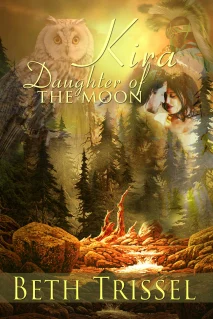

















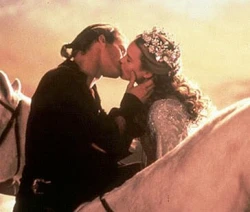








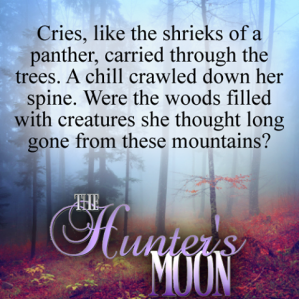
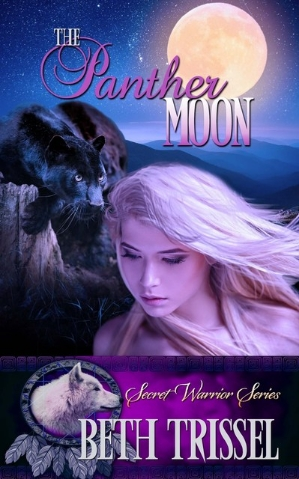


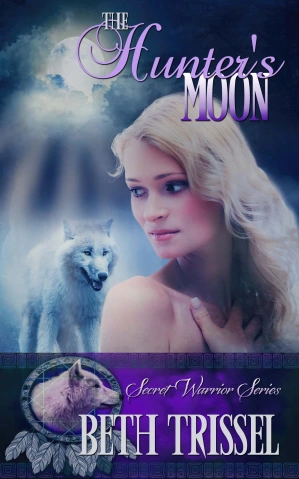
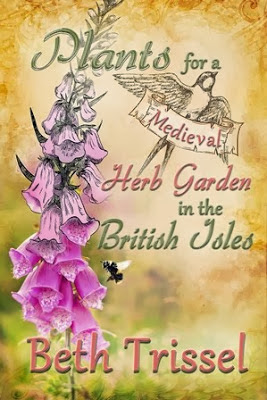

















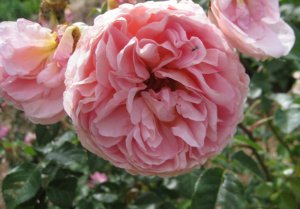
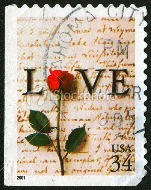
Fascinating.
LikeLike
What a great post full of fascinating information. How unfair that something deadly would taste so sweet!
LikeLike
Thanks much Karyn. Actually the leaves/plant taste bitter, but the berries must be more appealing. At least to children.
LikeLike
This is really interesting. Back in the late 60s/early 70s Tincture of Belladonna was widely used in pharmacy. This is the longest article I have seen recently.
I have a question. Does the Rodale’s book list how much of a particular plant is safe. For one thing I want to know a little more about ginger. I know it is good for nausea. My wife has frequent nausea and can’t eat. She had radiation treatment for cancer about 20 years ago and likes ginger ale, but use of the ginger root I don’t know how to use it. She does, but sometimes she is too sick to do anything with it.
LikeLike
Thanks Ray. I’m sorry about your wife. Yes, Rodale gives specifics for certain herbs, not all, but is a wealth of info. A Modern Herbal gives exact preparation and dosing instructions for everything, but was written in the early 20th century so don’t try the poisonous or narcotic herbs… Rodale advises making ginger tea by pouring i pint of boiling water over 1 ounce of the rhizome and steep for five to 20 minutes. They recommend drinking one to two cups a day.
LikeLike
Thanks Beth. I may buy that book if available. I wonder if there is a new edition.
LikeLike
I got mine two years ago.
LikeLike
I should add, I got this particular addition two years ago. I used to have another herbal book from Rodale but can’t find it.
LikeLike
As always, very interesting, BEth. I suffer from irritable bowel syndrome, and one time when i wound up in Urgent Care I was prescribed medicinal belladonna. It kind of freaked me out, but I was suffereing so I took it. It did help the pain, though it made me woozy. I only took that drug sparingly, and never refilled it because of the reputation of belladonna as a poison!
LikeLike
Wow Lynne. I have IBS too and am on a very strict diet as a result, but never had belladonna prescribed. Think I’ll pass.
LikeLike
Fascinating. I remember my Grandmother telling me tales of the deadly nightshade many years ago.
LikeLike
Thanks Ruthie.
LikeLike
I really need to find a way to take your class when I start working on my wolf stories again. This is a wonderfully informational post, Beth. Thanks.
LikeLike
Thanks so much!
LikeLike
Wonderful article, Beth. Thank you so much for sharing! In several of my stories, I have witches who work with all types of herbal magic. At one time, I was doing massive research on herbs and plants used by both good and evil witches. Your article would have been a perfect find then just as it is now.
LikeLike
Thanks Ledia.
LikeLike
You are very welcome, Beth.
LikeLike